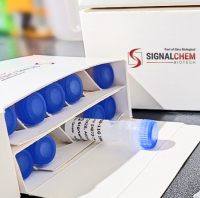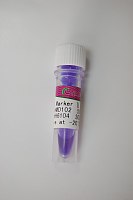Generation of p53 Target Database Via Integration of Microarray and Global p53 DNA-Binding Site Analysis
互联网
629
The completion of the human genome sequence and availability of cDNA microarray technology provide new approaches to explore global cellular regulatory mechanisms. Here we present a strategy to identify genes regulated by specific transcription factors in the human genome, and apply it to p53. We first collected promoters or introns of all genes available using two methods: GenBank annotation and a computationally derived transcript map. The “FindPatterns” program is then used to search sequences in regulatory regions that match the p53 DNA-binding consensus sequence, resulting in the p53 Target Database. This database collects human genes that have at least one p53 DNA-binding sequence in their regulatory region. cDNA microarray was also used to identify genes that respond to p53 at a genomic scale. Integration of the microarray data and the p53 Target Database should greatly enrich direct p53 target genes. Taqman� analysis and quantitative chromatin immunoprecipitation analysis are used to validate the in silico prediction and microarray data. Enrichment factor analysis is used to demonstrate that in silico prediction greatly enriches for genes that are transcriptionally regulated by p53 and assists us to identify other signaling pathways that are potentially connected to p53. The approaches can be extended to other transcription factors. The methods shown here illustrate a novel approach to the analysis of global gene regulatory networks through the integration of human genomic sequence information and genome-wide gene expression analysis.









